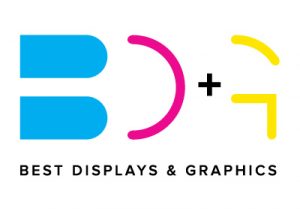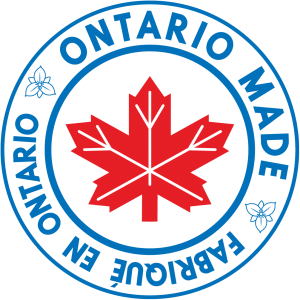Get to Know Your Exhibitor Manual
 January 5, 2017 – There’s a lot about planning and attending a trade show that’s exciting and a lot of fun. Laying out your booth design, seeing it realized, and making all those great new connections that pay off later are the things that make an exhibition appearance truly worth it.
January 5, 2017 – There’s a lot about planning and attending a trade show that’s exciting and a lot of fun. Laying out your booth design, seeing it realized, and making all those great new connections that pay off later are the things that make an exhibition appearance truly worth it.
However, there’s one aspect of trade show preparation which is a chore, and there’s no two ways about it. It’s such a chore that some businesses skip over it completely, even though that’s one of the top mistakes which can easily lead to trouble, extra fees, or even cancelled appearances.
We’re talking about reading the Exhibitor’s Manual.
This manual, which virtually every exhibition space provides, contains all the rules and guidelines an exhibitor needs to follow when renting space for a trade show booth. Reading it is a pain, especially as a manual can easily run into the hundreds of pages, depending on how large the exhibition space is.
Yet it’s absolutely necessary for a successful exhibition.
These are the aspects of the Exhibitor’s Manual you should pay closest attention to, if you want to ensure you’re following the rules and staying in the owners’ good graces.
Five Critical Elements from Your Exhibitor’s Manual You Must Understand for a Successful Trade Show Appearance
- Deadlines and Timetables
 Any rented space will have strict guidelines on when you are and are not allowed to ship materials in and out, as well as when you can build and tear down your trade show display. After all, these spaces often host dozens of events a year – they must keep things on a tight timetable.
Any rented space will have strict guidelines on when you are and are not allowed to ship materials in and out, as well as when you can build and tear down your trade show display. After all, these spaces often host dozens of events a year – they must keep things on a tight timetable.
Likewise, they will very often have set deadlines for the use of secondary services such as electrical, Internet, furniture rentals, and similar features. Basically, all your logistics should be planned around the timelines laid out in the manual.
Another option is hiring an all-in-one trade show display service to handle the logistics, and they’ll coordinate with the show manager on your behalf to ensure everything is kosher.
- Material Handling and Drayage Requirements
This can be one of the big “gotcha” areas of the Exhibitor’s Manual. Many exhibition spaces will have their own contracted vendors of materials handling, shipping, and sometimes even booth setup services. They may even require upfront payment of the fees for these services before you’re allowed in the door. Other spaces do not, and allow you to choose whichever contractors or employees suit your needs.
This is an extremely critical section of the manual to read and understand, to avoid any extra penalties. If in doubt, it’s best to contact the show manager directly for clarification.
- Internet Services
Are you thinking about providing your own Wi-Fi hotspot during the show, or similar free online services? Check the manual! Some exhibition spaces specifically forbid use of any Internet service besides their own in-house service, and you could face steep penalties -or even being shut down- if you try to go around them.
Selling Internet access is often a major secondary revenue stream for venues, and they won’t be pleased if you disrupt that.
- Electrical Restrictions
Another area where we commonly see trade show booths get tripped up is with electrical usage, particularly if they have a booth which utilizes a lot of lights, video monitors, or other appliances which require a significant power supply.
Most spaces have upper limits on the wattage and/or voltage you can pull, to ensure their electrical system doesn’t become overburdened. Some will allow you to bring in your own power generator, some will not. This is another area where you simply must read the manual -or ask the show manager- to learn the details.
- Booth Display Details
Finally, don’t forget about the basics of your booth construction. There will almost always be restrictions on the maximum height, weight, and other dimensions of the exhibit you’re planning. Depending on the space (and the local building codes they’re regulated by) these may not be obvious, such as upper limits on height that are much lower than the building’s ceiling.
Likewise, there may be limitations on what you can put on or near walls, if you have a booth on the side of the room.
Best Displays & Graphics Helps You Put It All Together
Best Displays & Graphics has over thirty years’ experience helping brands large and small mount the best possible trade show appearances. Our all-in-one service packages save you money, while guaranteeing everything is by the book.


